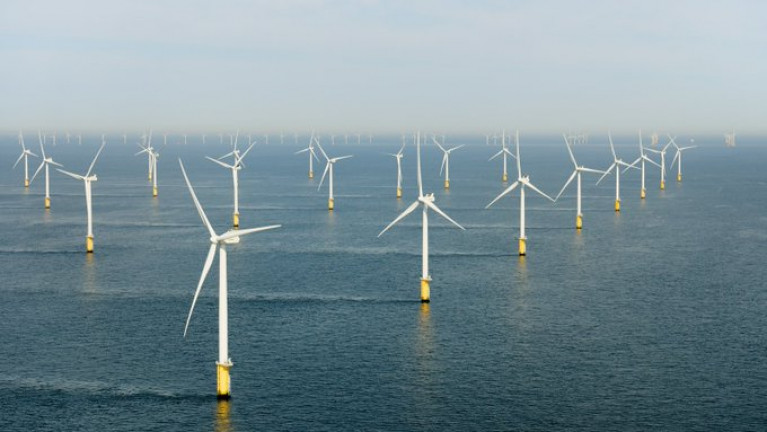
EU Proposal for Legally Binding Nature Restoration Targets on Sea and Land Welcomed by NGOs
24th June 2022 Marine Planning
Draft Legislation to Increase Ireland’s Marine Protected Areas ‘Almost Completed’
13th June 2022 Marine Wildlife
National Marine Planning Framework Public Consultation Document Published
25th May 2022 Marine Planning
Capt Robert McCabe Appointed to Chair Government Seafood/Offshore Renewable Energy Working Group
24th May 2022 Marine Planning
Irish Wildlife Trust Questions Why MEPs Did Not Support Ban on Bottom Trawling in Marine Protected Areas
5th May 2022 Marine Wildlife
Bearna Community Welcomes Decision to Overturn Moves to Allow Development Within 15 metres of the Coastline
25th April 2022 Marine Planning
Public Consultation on MPAs Finds Vast Majority of Respondents Support Expansion
1st April 2022 Marine Planning
SSE Renewables to Expand Plans for Arklow Bank Wind Park Under New Marine Area Consents Scheme
26th March 2022 Power From the Sea
Ryan Kick-Starts Maritime Area Consents for Offshore Renewable Energy
21st March 2022 Power From the Sea
New Maritime Planning Regime for Offshore Wind Farms to be Announced
21st March 2022 Power From the Sea
Independent Chair Sought for Seafood-Offshore Renewable Energy Working Group
21st March 2022 Marine Planning
"Beware the Perils of Groupthink" - The Late Project Management Advisor Michael Ocock
16th March 2022 Marine Planning
How Can We Improve the Health of Our Seas? Public Consultation on Ireland’s Marine Strategy Now Open
11th March 2022 Marine Planning
Environmental Network Hits out at Government's "Hotch-Potch" Draft River Basin Management Plan
9th March 2022 Marine Planning
New "Fair Seas" Environmental Network Demanding Increase in Irish Marine Protected Areas
23rd February 2022 Marine Wildlife























































